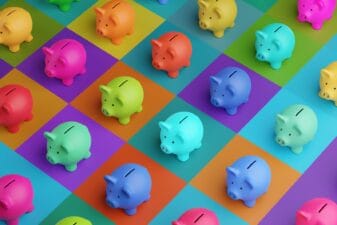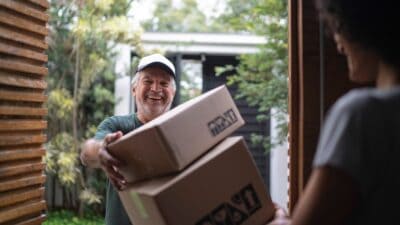The stock market crash might have been dramatic, not to mention scary, but it has also created an unprecedented investing opportunity for many of us. The FTSE 100’s almost 11% fall earlier in March was the biggest since late 1987, at which time I reckon not many current investors were active.
Now that we are active investors, it can be a good time to buy. But it’s worth remembering that it’s never a bad time to be careful.
By being careful, I mean it’s important to ensure that we are not putting all our financial resources in stocks in the hope of making big bucks. We need to have enough cash cover for our expenses. It’s especially important to have an emergency fund, too. If we didn’t have one earlier, the coronavirus crisis is a lesson in why we need one.
Only investing what I’m prepared to lose
Of the amount left, I’d buy stocks to the extent that I’m prepared to stomach at least some loss. It’s quite unlikely that as a long-term investor I’d lose all my capital. But it helps to be prepared to take a hit on some investments. Consider the example of Sirius Minerals, which recently got sold to the FTSE 100 multi-commodity miner Anglo American at a price much lower than that paid by many investors.
Or consider the FTSE 100 grocer Tesco, whose share price right now is around the same levels as it was 10 years ago. If I had been holding the share for the last 10 years, I’d pretty much have no capital gains. I wouldn’t have the consolation of a high dividend yield either. TSCO’s yield is at 3% right now, much less than the 6.8% yield for FTSE 100 stocks as a whole.
FTSE 100 dividend yields rival capital appreciation
There are other shares I’m happy to hold only for the dividend yield they offer. One example is BP, which has a yield of 14.8% after its price halved. Its long-term share price chart is far from encouraging, with no continuous increases over an appreciable period of time. But its dividend yield can make up for lack of capital appreciation. The FTSE 100 tobacco giant Imperial Brands is another one to consider for this reason, with its 15.4% yield.
Fearlessly investing in high-growth stocks
There are yet others I’d hold purely for growth. Consider the FTSE 100 luxury brand and retailer Burberry, whose share price has also halved in the crash. But it had suffered a similar fate in the aftermath of the Lehman Brothers collapse in September 2008 and the financial crisis that followed. It fell to a third of its share price by November 2008 from the peak of the boom in mid-2007. If I had bought the BRBY stock then, I’d still be sitting on at least 5x capital appreciation.
In sum, there are enough and more gains to be made, and I’d strongly advocate investing for that reason. But there’s also such a thing as too much greed, and I’m being careful to not getting carried away.






